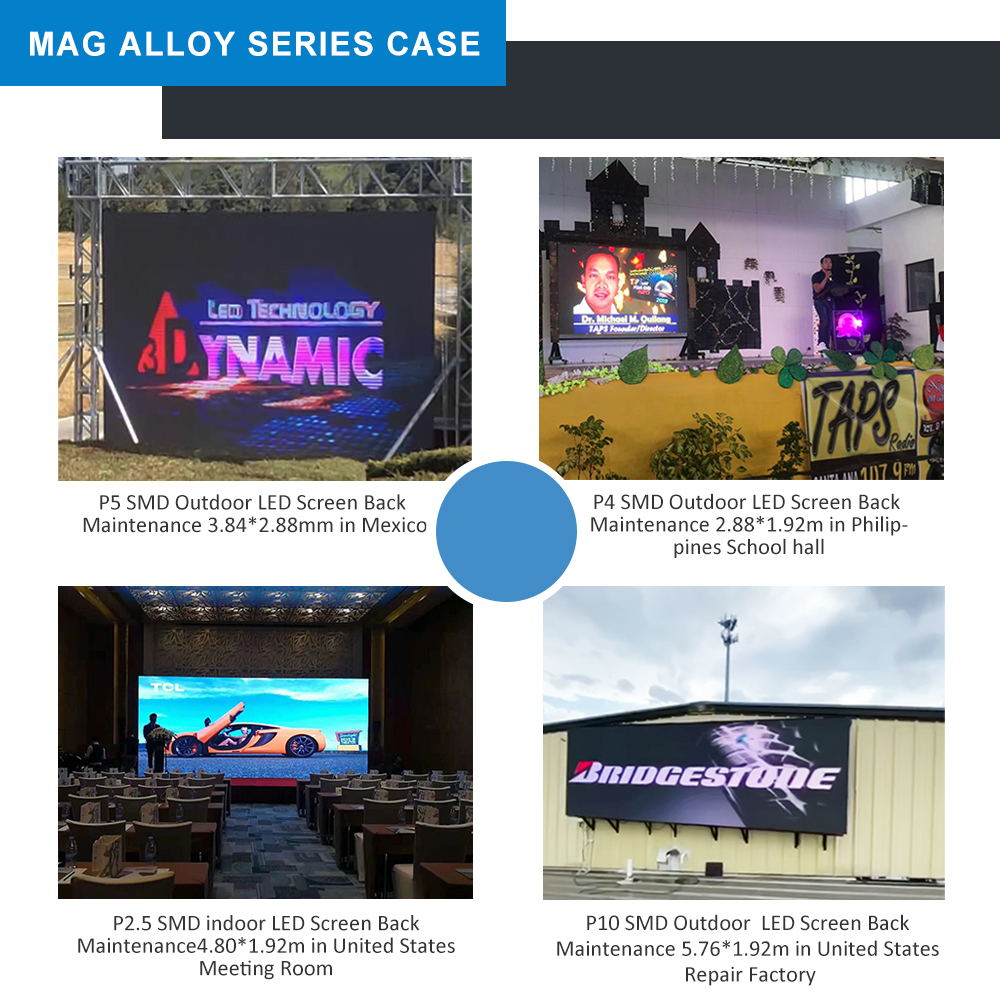No products in the cart.
Industry news
What should be noted about LED stage background screens?
Simply put, the LED display screen applied to the stage background is called the stage LED display screen, and the most intuitive and outstanding representative is the LED display screen applied to the background we see on the Spring Festival Gala stage in the past two years. The biggest feature of this type of display screen is its rich scene, large screen size, and colorful content, which can create an immersive feeling of the scene.
To subdivide the stage LED display screen, it is mainly divided into three parts:
1、 The main screen is the central display screen on the stage. Most of the time, the main screen is shaped like an approximate square or rectangle. Due to the importance of the content displayed, the pixel density of the main screen is relatively high. The main display screen specifications currently used for the main screen are P4, P5, and P6.
2、 The secondary screen refers to the display screens on both sides of the main screen. Its main function is to set off the main screen, so the content displayed is relatively abstract. Therefore, the models used are relatively large. The commonly used specifications now include models such as P7.62, P8, P10, P12, and P16, and often use grid type LED displays during use.
3、 Video expansion screen, which is mainly used in relatively large occasions, such as large-scale concerts, song and dance concerts, etc. In these occasions, due to the large size of the venue, there are many places where it is difficult to clearly see the performance characters and effects on the stage. Therefore, one or two large screens are set up on the side of these venues. The content is usually live streaming on stage, and the commonly used specifications are similar to the main screen. P4, P5, and P6 LED displays are more commonly used.
In some entertainment venues such as KTVs and dance halls, irregular stage LED displays are also used. The so-called LED irregular display screen is a special shaped LED display screen transformed from the LED display screen, which makes the new product better adapt to the overall structure and environment of the building. Its size and size can be customized according to requirements, making the design more fashionable and diverse.
Due to the special usage environment of LED stage displays, in addition to product quality and specifications, there are also several points to pay attention to:
1. Control system processing: It is best to be compatible with multiple signal source inputs, such as AV, S-Video, DVI, VGA, YPBPr, HDMI, SDI, DP, etc. It can freely play programs with video, text, and images, and broadcast various information in real-time, synchronous, and clear information dissemination mode;
2. The adjustment of screen color and brightness should be convenient and fast, allowing the screen to quickly present delicate and realistic color expressions as needed;
3. Convenient and efficient disassembly and assembly operations;
4. A comprehensive after-sales service system, including installation, debugging, warranty, 24-hour technical consultation, etc;
As the stage background, the enormous effect of LED large screens in stage performances has been fully utilized. Live broadcasts, exciting scenes, slow motion replays, close-up shots, and the creation of special background environments have been carried out to maximize the artistic conception of the performance, perfectly combining realistic visuals with shocking music, creating a magnificent and modern scene; The super large and clear live game footage provides an immersive audio-visual feast. Anyway, since LED screens have become a stage fashion, it’s worth learning more about LED stage background screens!
